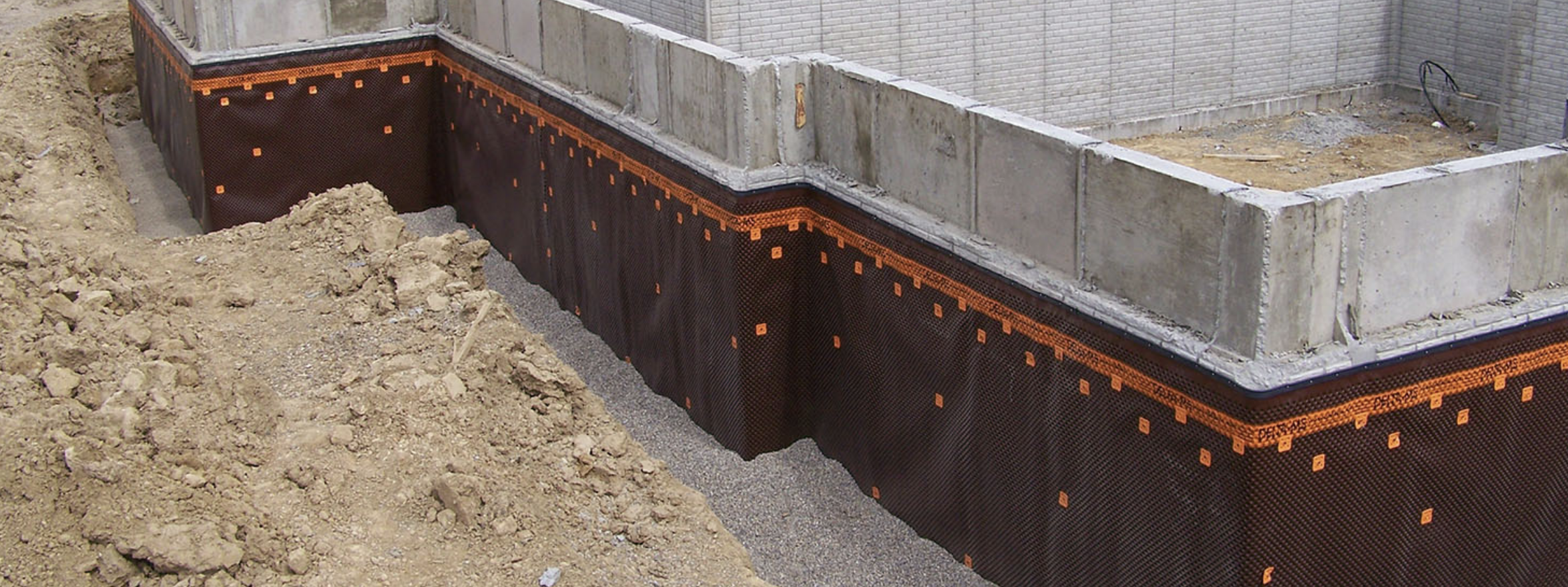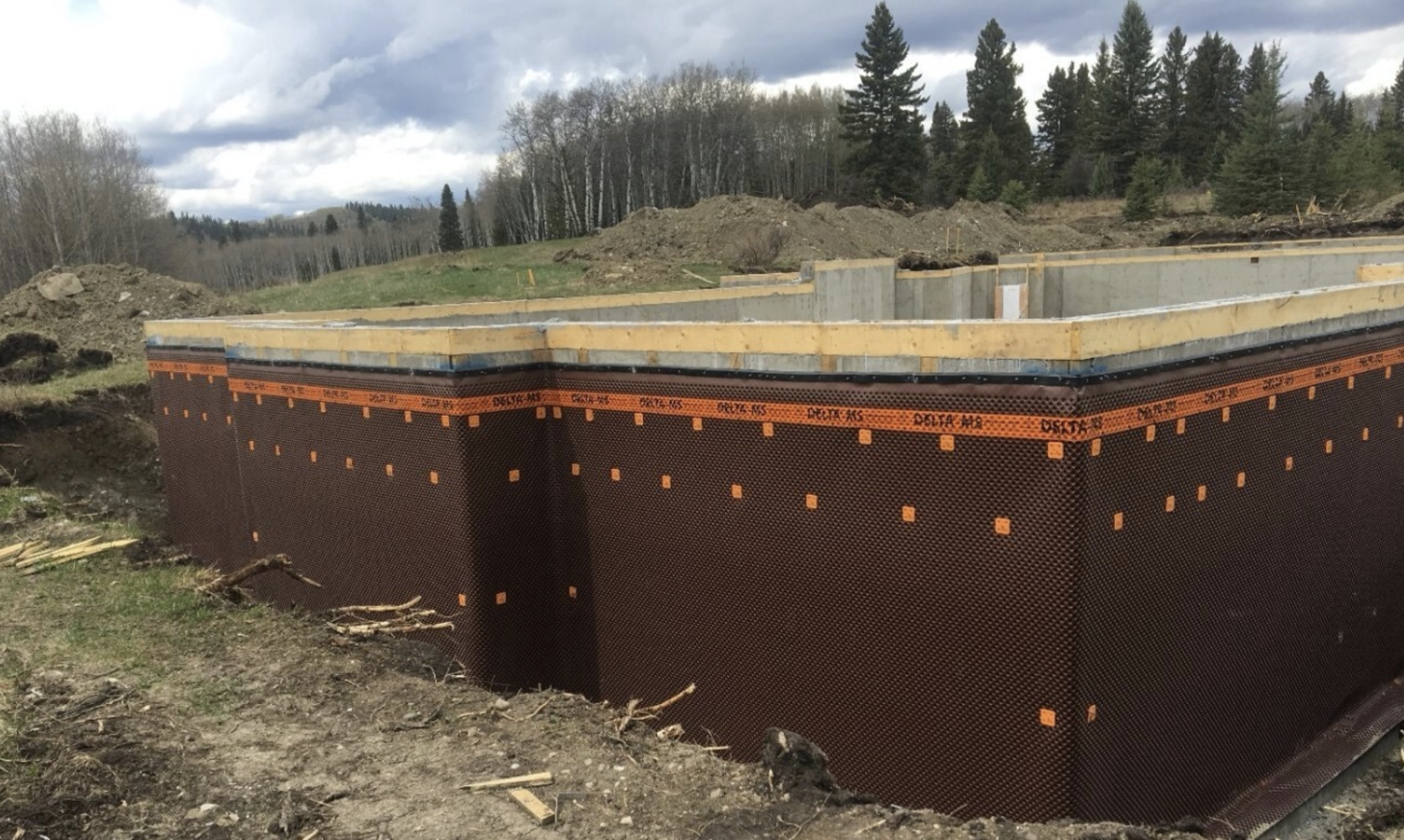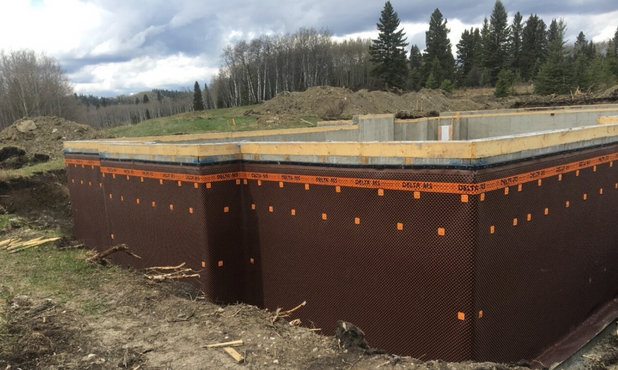Posted by Spycor Building on Jun 27th 2025

Building a dry, comfortable basement is a critical aspect of home construction that ensures long-term structural integrity and homeowner satisfaction. A properly waterproofed basement prevents moisture intrusion, mold growth, and energy loss, making it a valuable investment for builders and homeowners alike. In this guide, we’ll explore proven strategies, high-performance products, and expert tips to create a dry basement that lasts. Whether you're a contractor, architect, or homeowner, this article will help you understand how to prevent basement moisture and protect your foundation.
Why Basement Waterproofing Matters
Basements are uniquely challenging because they are below grade, constantly exposed to groundwater, soil gases like radon, and water vapor. Without proper waterproofing, basements can suffer from:
- Moisture intrusion: Leading to mold, mildew, and health risks.
- Structural damage: Cracks in concrete can worsen with water exposure.
- Energy inefficiency: Poor insulation causes heat loss in winter and heat gain in summer.
- Reduced property value: Damp basements deter potential buyers.
By prioritizing basement waterproofing, you can avoid costly repairs, ensure a healthy living environment, and enhance your home’s energy efficiency. Let’s dive into the key considerations for building a dry basement.
Key Considerations for a Dry Basement
1. Choose the Right Waterproofing Membrane
Selecting a high-quality waterproofing membrane is the cornerstone of a dry basement. Dimpled membranes, such as DELTA®-MS, are superior to traditional spray-on coatings like asphalt or tar. Here’s why:
- Durability: Dimpled membranes, made from high-density polyethylene (HDPE), resist aging, stress-cracking, and UV damage. Unlike spray-on coatings, they maintain integrity over decades.
- Air gap technology: The dimples create an air gap that prevents hydrostatic pressure and allows water to drain freely to a perimeter drain, keeping the foundation dry.
- Crack bridging: Dimpled membranes cover foundation cracks, preventing water intrusion even as concrete settles.
- Ease of installation: Unlike fluid-applied products that require curing time, dimpled membranes can be installed immediately after form removal, speeding up construction.
Pro Tip: Look for membranes like DELTA®-MS, which offers a co-extruded design with recycled HDPE layered between virgin HDPE for enhanced durability and a Red List Free Declare label for sustainability.
2. Implement Capillary Breaks to Stop Rising Damp
Capillary action, where water wicks through tiny pores in concrete, is a major cause of basement moisture. To prevent this, install capillary breaks at the footing using membranes like DELTA®-FOOTING BARRIER. This physical barrier stops moisture from migrating from the footing into the foundation wall, a common issue overlooked by asphalt dampproofing or polyethylene layers under slabs.
Key Steps for Capillary Breaks:
- Use a membrane as a capillary break between the footing and foundation wall.
- For projects requiring vertical rebar (e.g., in earthquake zones), make an X-cut in the membrane to accommodate rebar placement.
- Ensure proper keyway integration between the concrete wall and footing for structural stability.
3. Optimize Exterior Drainage Systems
Effective drainage is essential to keep rainwater and groundwater away from the foundation. Here are best practices for exterior drainage:
- Install a drainboard: A modern drainboard, like DELTA-DRAIN®, directs groundwater to a perimeter drain, reducing pressure on foundation walls.
- Use perimeter drain pipes: Place perforated drain pipes around the foundation, connected to a sump pump, to redirect water away from the basement.
- Ensure proper grading: Slope the ground around the foundation (2-6% grade) to prevent water pooling near the house.
- Extend roof eaves and downspouts: Wide eaves and properly positioned downspouts guide rainwater away from the foundation, ideally toward a sunny area or dry well.
4. Insulate for Energy Efficiency
Basements can account for up to 20% of a home’s heat loss, making insulation critical for energy efficiency. Place water-insensitive insulation (e.g., closed-cell foam) against the interior concrete wall, followed by additional insulation for thermal comfort. This approach minimizes thermal bridging and keeps the basement warm in winter and cool in summer.
5. Address Soil Gas Infiltration
Soil gases like radon and methane can enter basements, posing health risks. A high-quality dimpled membrane, combined with an airtight sump pit and proper ventilation, prevents gas infiltration. Ensure the sump pit has a battery backup and an airtight lid to maintain indoor air quality.
Benefits of Using DELTA® Products for
Basement Waterproofing
DELTA® products are industry leaders in basement waterproofing. Here’s why they’re a top choice:
- DELTA®-MS: A durable, dimpled membrane that creates an air gap, bridges cracks, and offers warranties for peace of mind. It’s the only below-grade dimpled membrane with a Red List Free Declare label.
- DELTA®-FOOTING BARRIER: Prevents capillary rise, ensuring a dry foundation.
- DELTA®-FL: A subfloor membrane that provides a capillary break and thermal barrier, keeping floors dry and comfortable.
Common Mistakes to Avoid
- Relying on spray-on coatings: Asphalt or tar coatings can’t bridge cracks, emit toxic fumes, and require curing time, delaying construction.
- Neglecting capillary breaks: Without a footing barrier, moisture can wick into the foundation wall.
- Poor drainage planning: Failing to slope the grade or extend downspouts can lead to water pooling near the foundation.
- Skipping insulation: Uninsulated basements increase energy costs and reduce comfort.
How to Retrofit a Leaky Basement
For existing basements with moisture issues, interior drainage systems offer a cost-effective solution without excavation. Install an interior perimeter drain connected to an airtight sump pit with a battery-backed pump. Use a vapor-tight, airtight drainage mat to control water, air, and soil gases. This approach, endorsed by building science expert Dr. Joe Lstiburek, is used in large-scale projects like tunnels and commercial buildings.
Building a Dry Basement: Step-by-Step Checklist
- Plan drainage early: Install drain pipes and a dimpled membrane like DELTA®-MS during construction.
- Add capillary breaks: Use DELTA®-FOOTING BARRIER to prevent moisture wicking.
- Insulate properly: Apply water-insensitive insulation on the interior.
- Ensure proper grading and eaves: Direct rainwater away from the foundation.
- Ventilate effectively: Install fans to reduce interior moisture, especially in laundry or bathroom areas.
- Choose certified products: Opt for DELTA® products with warranties and professional installation.

Conclusion
Building a dry basement requires careful planning, high-quality materials, and expert installation. By using dimpled membranes, capillary breaks, and proper drainage systems, you can prevent moisture intrusion, improve energy efficiency, and create a healthy living space. DELTA® products, backed by decades of innovation and a certified installer program, offer reliable solutions for contractors and homeowners alike.
Ready to protect your basement from moisture and build a foundation that lasts?
CLICK HERE to explore DELTA® waterproofing solutions and choose the best products for your project!



